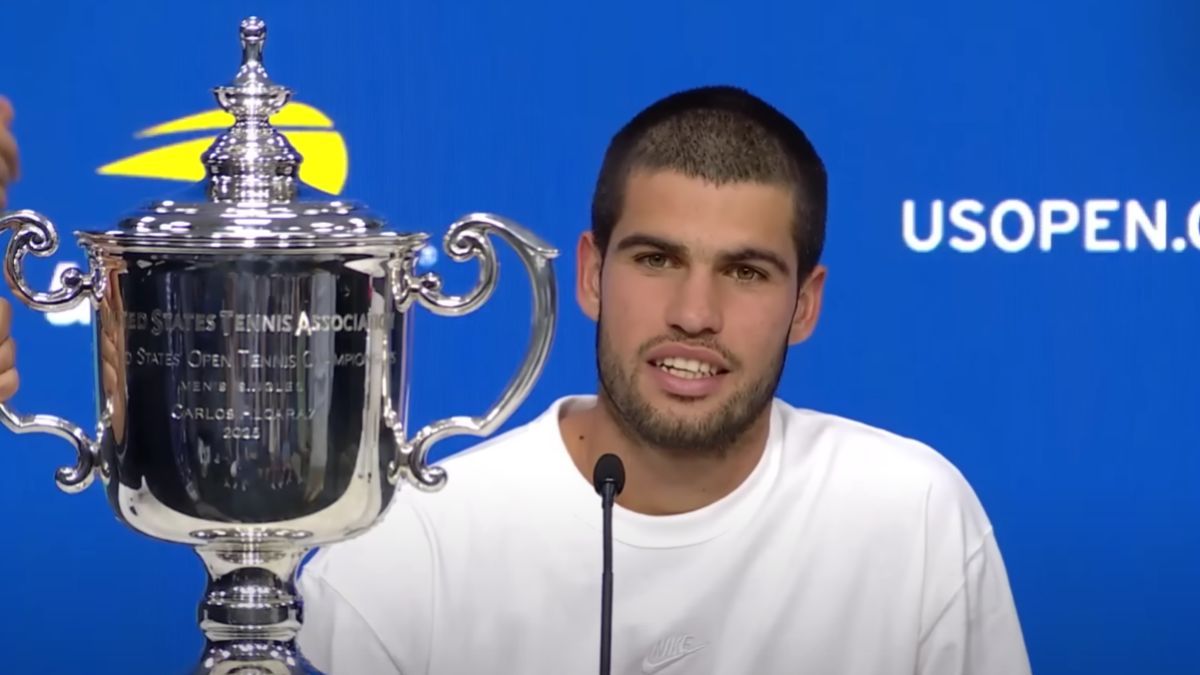Luke Donald is a name that many golf fans recognize—former world No. 1, Ryder Cup captain, and longtime top-tier competitor. But behind that public persona lies a financial story often overlooked: how a pro golfer turns championship moments into lasting wealth. Donald’s fortune doesn’t depend solely on his on-course success; endorsements, side ventures, and smart investing all play roles. For aspiring athletes or fans curious about money in sports, his life offers a roadmap worth studying. Here’s how Luke Donald built and sustains his surprising wealth.
Prize Winnings: The Foundation of Luke Donald’s Wealth
At the core of Donald’s financial base lies his career earnings on the PGA and European Tours. As of 2025, his PGA Tour earnings total just shy of $38 million. In addition, he has earned tens of millions more competing in Europe—around €16.9 million (~$20 million) across 215 events. Combined, his on-course earnings are a substantial slice of his portfolio. These winnings, however, are before expenses, taxes, and the cost of maintaining a pro golf career.
Donald’s endorsement game has fueled much of his off-course income. Over the years, he’s aligned with brands like Mizuno, Rolex, RBC, Polo Ralph Lauren, Titleist, Greyson Clothiers, and World Wide Technology. He reportedly earned around $1 million annually just for wearing the Mizuno logo on his visor, with upside tied to performance. At his 2012 peak, Forbes reported he made $13.2 million in tournament earnings and $9 million from endorsements that year. These deals give him a steady income cushion even when tournament results slow.
Donald’s wealth isn’t just tied to golf—it also stretches into selective businesses and lifestyle ventures. For example, he partnered with Terlato Wines to develop a bespoke wine collection, marrying his love of wine with a revenue opportunity. He and his wife maintain a collection of contemporary art, which can appreciate over time and diversify assets. His endorsement deal with World Wide Technology includes appearance obligations, ambassador roles, and event involvement. These extensions of brand value let him monetize reputation beyond the course.
Captaincy & Legacy Roles That Boost Influence
In 2025, Donald captains the European Ryder Cup team—a prestigious role that adds both status and potential financial opportunity. As captain, he often becomes a focal point in media deals, sponsor alignments, and branding around the event. He’s also declined personal pay for Ryder Cup captaincy, framing it as a duty over gain. Leadership roles like this often raise a golfer’s long-term image value, helping secure more ambassador or speaking opportunities down the road.
Any discussion of earnings must account for the substantial costs pro golfers carry. Travel, coaching, caddies, lodging, insurance, equipment, and staffing chip away at gross income. Golf professionals today often pay percentages of winnings to caddies (commonly ~8%) plus base salaries for support teams. Taxes—especially when competing in multiple jurisdictions—are a major burden. Michael Kim, for instance, estimated a top 50 pro might spend over a million dollars annually on expenses. For Donald, these outlays make net take-home much lower than headline earnings.
What is Luke Donald’s Net Worth Today?
Putting it all together: tournament winnings, endorsement revenue, and smart side businesses—with deductions for costs—leads many sources to estimate Donald’s net worth at about $40 million. GolfMonthly reports this figure in its 2025 valuation, noting his active sponsorship roster and entrepreneurial moves. That estimate lines up with public net worth listings as well. So yes, his wealth is surprising—but it’s grounded in years of consistency, branding, and diversification.
Donald’s path shows that success on the course is just the start—true financial strength comes from building assets that persist when one’s competitive edge wanes. Endorsements, investments, brand extensions, and leadership roles all amplify his base. He demonstrates that longevity in sports depends not just on performance, but on image, relationships, and off-field vision. For fans or athletes watching closely, focusing solely on wins is limiting. Sustainable wealth demands layering multiple revenue streams—and balancing them against high costs.
What part of Luke Donald’s financial strategy surprises you most—his wine venture, endorsements, or captaincy value? Share your thoughts or questions in the comments!
What to Read Next
- Emma Grede: The Fashion Mogul Behind Good American & Skims Whose Net Worth Tops $300M
- 13 Famous Actors Who Refused to Work Together in Hollywood
- 9 Entrepreneurs from Non-Hollywood Backgrounds Who’re Worth More Than $20M
- 5 Lesser-Known Actors With Brand Deals You’d Never Guess
- 8 Rising Stars in Women’s Sports and Their Surprising Net Worths

Amanda Blankenship is the Chief Editor for District Media. She frequently writes for a handful of blogs and loves to share her own personal finance story with others. When she isn’t typing away at her desk, she enjoys spending time with her daughter, son, husband, and dog. During her free time, you’re likely to find her with her nose in a book, hiking, or playing RPG video games.





